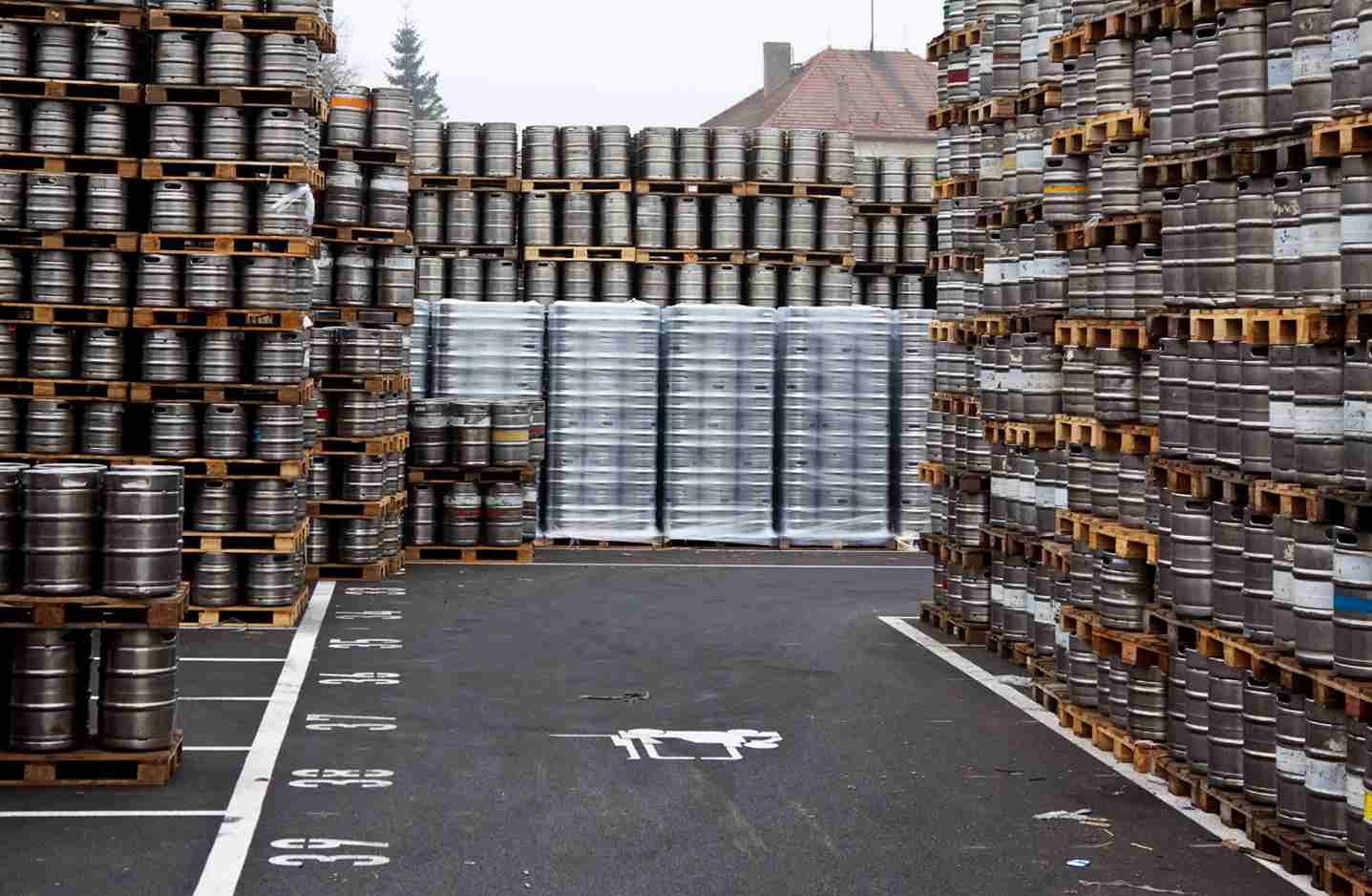
Article content:
In maritime logistics, LCL/FCL — Less than Container Load/Full Container Load — is often mentioned. But where does this take place? The answer to this question is the CFS warehouse — a special zone in the port of departure and arrival. DiFFreight experts have prepared a detailed material about its role in international cargo transportation.
Container Freight Station (CFS) is a container terminal near ports where consolidation and deconsolidation of cargoes take place.
The main purpose of the terminal is to handle consolidated cargo (Less than Container Load). The warehouses are used for:
CFS stations play an important role in the supply chain, allowing efficient organization of international shipments. For convenience and cost-efficiency, they are located near strategic transportation hubs.
The cargo undergoes several stages:
In addition, CFS warehouses provide additional services:
A Container Freight Station (CFS) is an important link in the logistics chain, especially for entrepreneurs using the LCL model, i.e., consolidated shipping. For profitable purchasing, we recommend using the service of finding suppliers in China.
Using a terminal provides several advantages and, at the same time, certain disadvantages:
| Advantages of CFS | Disadvantages |
| Cost optimization: shipment of small consignments without booking an entire container. | Additional charges (CFS Charges) for cargo handling and storage. Collected in addition to ocean freight. |
| Flexibility — distribution of cargo among various routes and carriers. | Shipping schedules directly depend on other clients’ cargo. |
| Simplified customs clearance, as stations are often equipped with customs offices. | Delay of one client due to problems with another’s cargo. If one batch is inspected, it holds up all the others. |
| Safety of goods during storage and transportation. | Repacking, loading, and unloading increase the risk of damage. |
| Shortened delivery time thanks to fast handling and prioritization in cargo flow. | Delays if the cargo is waiting for consolidation with other shipments. This can increase the total transit time. |
| Reduced port congestion: the warehouse serves as an alternative storage site for containers outside the docks. | Reduced “visibility,” meaning a lack of precise tracking. Movement data are general and may be unavailable until deconsolidation. |
An important question is — who pays for freight and services? It depends on the Incoterms delivery conditions. The expenses are borne by the shipper, the consignee, or the shipping line.
Under FOB (Free On Board), the costs are paid by the consignee. Under CIF/CFR, the cost is included in the overall freight rate. Under DDP (Delivered Duty Paid), the costs are borne by the shipper.
The CFS notation in a sea bill of lading indicates that the cost of terminal services is not included in the freight and must be paid separately. Whether CFS services are included or not should be clarified with the agent you are working with.
It should be noted that CFS delivery terms are not part of Incoterms, as it is not a trade term but a logistics service. What is the difference between the following definitions:

Do not confuse CFS with fulfillment, which also refers to warehouse services.
Choosing the right CFS warehouse affects the efficiency of the entire supply chain. What to pay attention to:
CFS delivery terms are a necessary element of consolidated cargo logistics. DiFFreight offers you warehousing services with consolidation, repackaging, and labeling of cargo in China. We also conduct quality control of goods before shipment by sea or air freight. A well-chosen CFS partner will significantly improve quality and timelines: we look forward to your consultation with our experts!